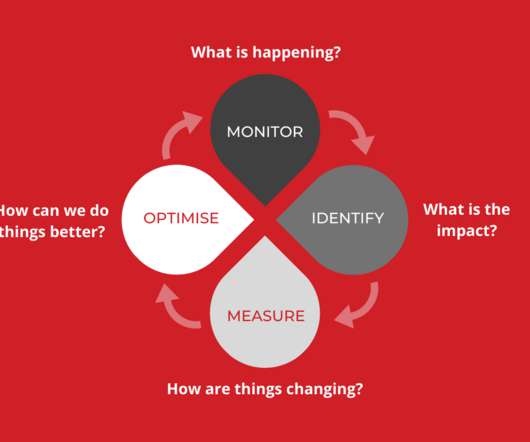How data and analytics can help businesses stay ahead in uncertain times
Data Insight
APRIL 8, 2020
So, in the face of uncertainty, how should businesses be looking to use data to stay ahead? We’ve outlined the four key data-driven phases that businesses should be considering. Measure – how are things changing? Measuring enables you to predict how your business may continue to track in the future, based on the trends to date.














Let's personalize your content